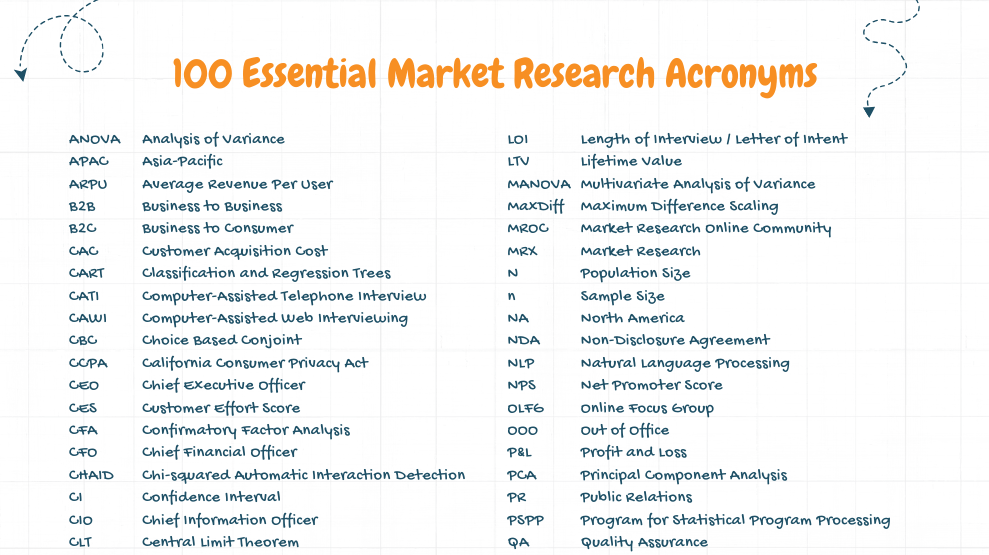 Is market research a high stress job? It can be.
Is market research a high stress job? It can be.
One of the things we often hear in Research Rockstar classes is the relief students have when they realize other researchers also feel stressed about their work.
Market Research and Chainsaw Juggling
The market research project manager is like a juggler, except instead of having to keep three balls in the air, it often feels like we’re juggling ten chainsaws. Clients, suppliers, software, sample sources, schedules, budgets, and on and on. All of these things can create for a lot of stress.
So how do we manage stress as a market research project manager? One of the things that I’ve observed in Research Rockstar classes is that our students are relieved when they hear that they’re not the only ones who are stressed. That their peers from other companies also find certain aspects of market research work to be hard.
They’re also relieved when they hear that there are a lot of situations where there is no magic answer.
We’re all Juggling Chainsaws Together
In one of our classes, I teach how to identify the “aha” analysis from survey data. That is, how to uncover the insights that are often less obvious but, once found, more illuminating.
One of the methods I teach is using a trial and error approach to creating perceptual maps.
True aha moments rarely come from a single data point; we more commonly get aha’s from looking at relationships between two or more variables (thus, perceptual maps are a handy tool). But you can’t always tell just by looking at banner tables or other data output. Sometimes the researcher needs some visualization to see the story. And that means actually taking out a piece of paper and a pencil, and sketching out different visual displays.
For example, if as I am looking at my data, I see a lot of variability on brand awareness and attitude X, I might sketch that out. And then I might sketch out a variation with another variable. Is there something compelling there? Does that tell a story? The trial and error sketches can be considered a form of exploratory data analysis, and can help the researcher see the story in a more impactful way than staring at crosstabs all day.
When I tell our students that this trial and error approach is one of the techniques useful in data analysis, they are always happy to hear it. Why? Because it shows that insights are hard, and that great insights are rarely obvious from crosstabs alone.
All researchers—even those of us with 25 years’ experience—have to work hard to find rich insights. The students are relieved because now they know it’s not just them; great analysis doesn’t just pop out at anyone; we all have to use multiple methods, and visual displays are just one of them.
Project Management Stress Solutions
Being a market research project manager can be a stressful job, and there are certain aspects of the work that are challenging for everyone. It’s just part of the process, and that’s okay.
Of course, we can minimize the stress by planning ahead for those parts of the project (like analysis) that we know can be challenging. And, of course, being prepared with some great tools and techniques with which we can tackle these known issues. Uncertainty and lack of confidence can take a stressful situation and really magnify it a hundred times; it doesn’t need to be that stressful. Those live chainsaws you are juggling? Look again; they are really just safety scissors.
***************************************
Research Rockstar Event News
If your travel plans include Boston or Amsterdam:
Kathryn Korostoff is teaching a full-day workshop for ESOMAR in June: http://www.esomar.org/events-and-awards/events/workshops/workshops-index.php?workshop_list_id=41
She is also teaching a workshop on statistics for market researchers on May 15th at this Boston-area event: http://newenglandmra.com/nemra-event/spring/











